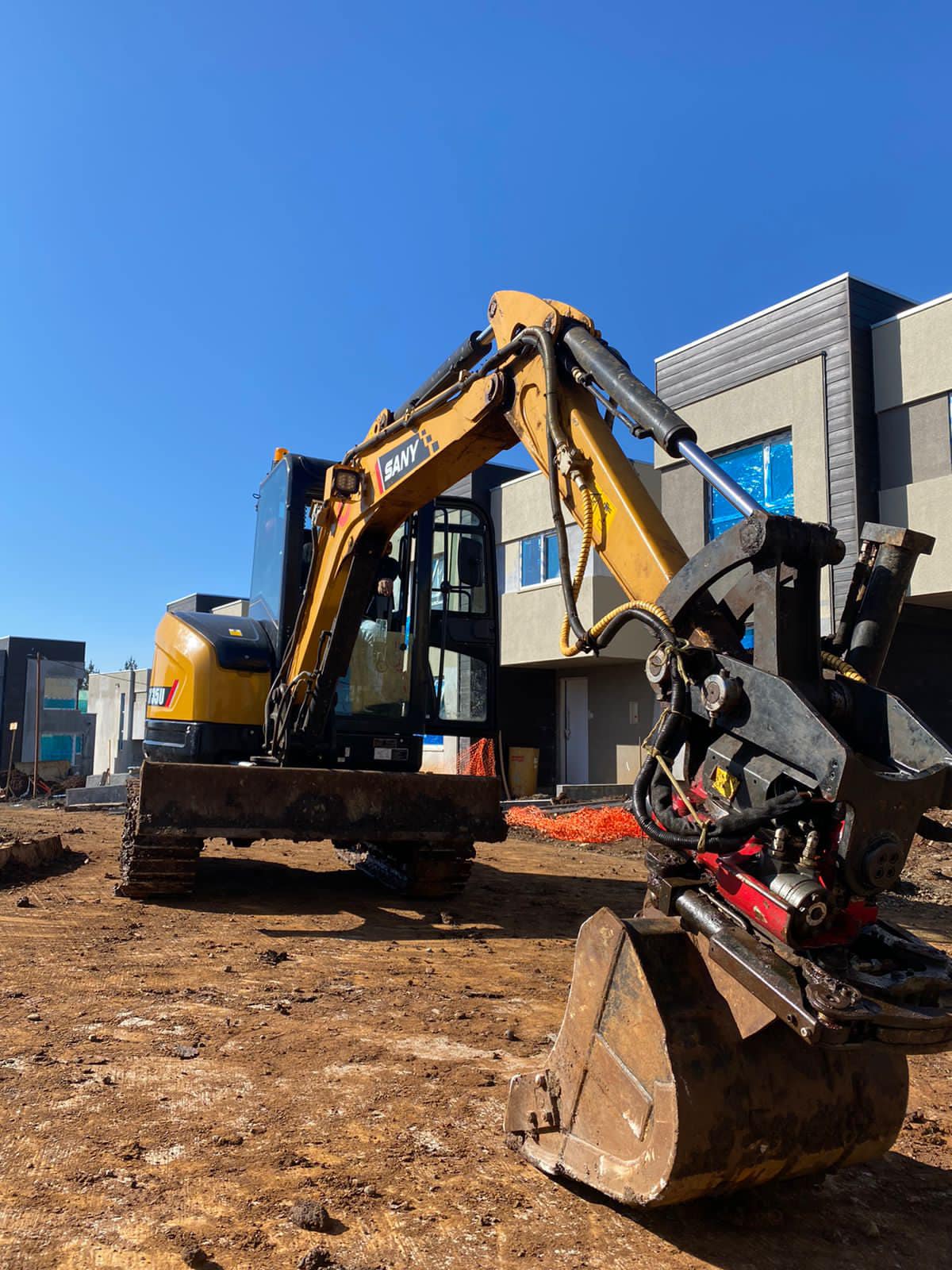At the time of the implementation of the National Standard for Commercial Vehicles, Scania, the world's leading commercial vehicle company, stated that the company has already made relevant technical preparations for emission standards. In an interview with reporters recently, Mr. He Mochi, executive director of the Scania China Strategic Center, said that the issue of air pollution in cars is not only a problem faced by the Chinese auto industry, but also a common problem that the global auto industry needs to solve. He Mochi said that the company’s current technology line for China’s four emission standards is the SCR aftertreatment system. According to the reporter's understanding, Scania's main technical route for European IV and Euro V emission standards in Europe is EGR. In response, He Mochi explained to reporters that Scania's use of SCR technology in China has benefited from two factors. First of all, it is relatively difficult for the company to apply for the EGR technology route in China and it is difficult to obtain approval. Therefore, it is better to choose the SCR technology route that is easier to obtain approval. Second, considering the oil products in different regions, SCR is also a more feasible emission standard program in China. Although Scania's EGR technology line is used in a wider range in Europe, operating costs are lower, fuel consumption levels are also very close to the SCR post-processing system. However, EGR has higher requirements for oil products, otherwise it will easily cause negative effects such as engine damage. At present, the quality of China's oil products is still not stable enough. Therefore, in the context of such use, the SCR technology line is more applicable to the National IV emission standards. Regarding the lagging phenomenon of domestic diesel oil products, He Mochi admitted that the failure of oil products is not due to technical difficulties. The key reason is that domestic relevant departments have not conducted effective communication on the supply of refined oil products. In the final analysis, it is still an issue of execution. He Mochi said that in recent years, domestic air pollution has gradually increased, and one of the main measures to reduce air pollution is to improve vehicle emission standards. Compared with the previous two national emission standards to the national three emission standards upgrade, the upgrade of commercial vehicle emissions standards has gained higher recognition, because the awareness of the relevant departments, the public, or car companies for air pollution has been greatly improved. However, for the specific implementation effect of the National IV emissions, it still expressed its own concerns. Given Scania's current application of the SCR technology line to the National IV emission standard, it has to consider the supply of urea. From the current point of view, the construction of domestic urea stations is not optimistic. In addition, there are some doubts about the installation supervision of the on- board automatic diagnosis system . Once a commercial vehicle does not have an on-board automatic diagnostic system , it means that even if urea is not added, it does not matter. There will certainly be cases where the owner does not add urea in order to save costs. As a result, the implementation of the State IV emission standard is in name only. Therefore, it is particularly important that relevant regulatory authorities conduct irregular inspections of the installation and use of on- board diagnostic systems . “At present, many domestic commercial vehicle companies have misunderstandings of the national standard and believe that after the implementation of the fourth national emission standard, companies will increase costs substantially. In fact, it should be considered from another perspective.†He Mochi said that he said that from the entire industry In view of this, the increase in costs cannot be avoided, but it can increase the operational efficiency of commercial vehicles from transportation, logistics and other aspects to make up for the increase in product prices. In other words, abandoning the traditional idea of ​​producing low-quality, low-cost commercial vehicle products and instead producing high-end commercial vehicles with higher quality and stability, it is beneficial to provide products with longer life spans and gradually increase costs in long-term use. The increase is offset. "Energy-saving and emission reduction is related to the customer's operating costs and operational efficiency. Therefore, Scania has always been committed to providing customers with the most efficient equipment." He Mochi told reporters that Scania has used energy-saving emission reduction as a company 100 years ago. The core values, therefore, how to better achieve energy-saving emission reduction is always the company's pursuit of goals, but not a product of emissions standards.
An excavator standard bucket is a type of bucket attachment used on excavators to dig and move materials such as soil, rock, and debris. It is typically made of steel and has teeth or cutting edges on the bottom to aid in digging. The size and shape of the bucket can vary depending on the size and type of excavator, as well as the specific job requirements. Standard buckets are the most common type of Excavator Bucket and are used in a wide range of construction and excavation projects.
Standard Bucket Price,Rock Bucket,Caterpillar standard bucket ,Jcb excavator Bucket CATSU Hydraulic Machinery Equipment Co.,Ltd , https://www.tiltrotatorcat.com